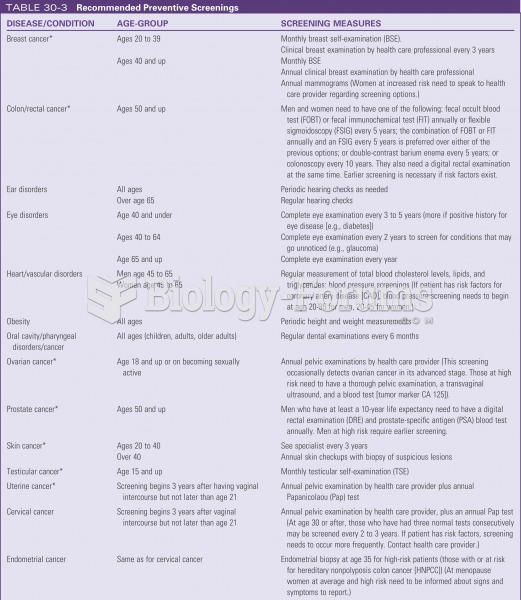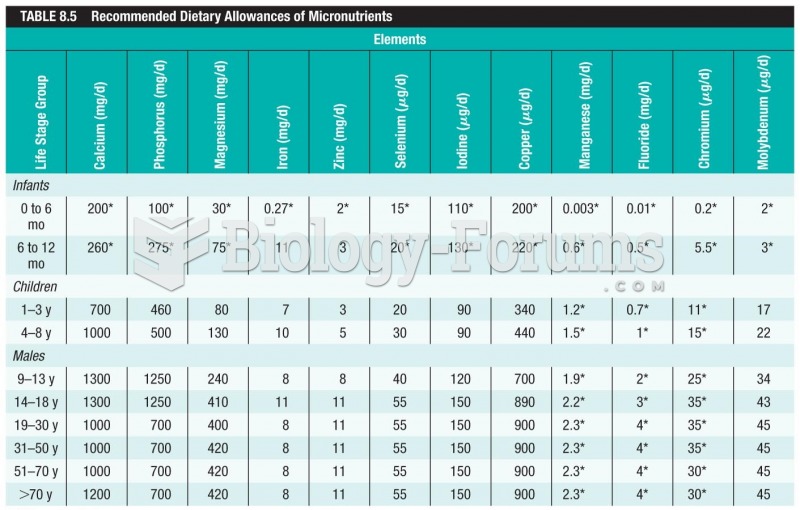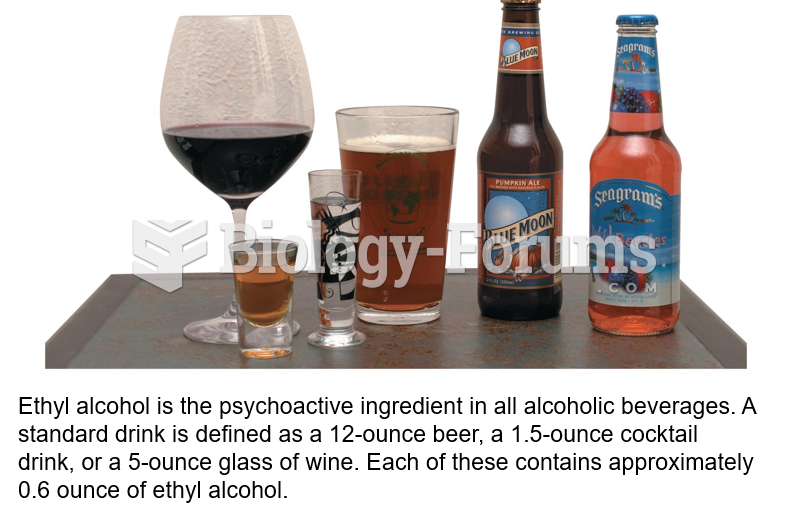Answer to Question 1
Once absorbed, alcohol enters the bloodstream and circulates throughout the body. Within 20 minutes of consuming one standard drink (12 ounces of beer, 5 ounces of wine, or 1.5 ounces of 80-proof distilled liquor), blood alcohol concentration (BAC) begins to rise, and peaks within 30 to 45 minutes. As more alcohol is consumed, it accumulates in the blood, because the rate of alcohol metabolism is slower than the rate of its absorption. As BAC increases, areas of the brain that control speech, vision, and voluntary muscular movement become depressed as well. If drinking continues, the person may lose consciousness, and the alcohol concentration may potentially reach lethal levels. For this reason, people who drink should do so slowly and in moderation.
Answer to Question 2
The liver metabolizes most alcohol. During light to moderate drinking, most alcohol is metabolized by a two-step enzyme system called the alcohol dehydrogenase (ADH) pathway.
The first step in this metabolic pathway requires the enzyme alcohol dehydrogenase (ADH), which is found primarily in the cytoplasm of liver cells. However, ADH is also produced by gastric cells, and for this reason a small amount of alcohol is actually metabolized in the stomach before it reaches the blood. ADH converts alcohol to acetaldehyde, generating NADH + H+. Because acetaldehyde is a toxic molecule, it must be quickly metabolized to something less harmful. If acetaldehyde accumulates, some will pass from the liver into the blood, causing the unpleasant side effects (headache, nausea, and vomiting) associated with heavy drinkingwhat is commonly referred to as a hangover.
The next step in the ADH pathway is catalyzed by the enzyme acetaldehyde dehydrogenase (ALDH), which converts acetaldehyde to acetic acid (also called acetate). This reaction requires NAD+ for the transfer of hydrogen, and forms NADH + H+. Acetic acid combines with a molecule of coenzyme A to form acetyl-CoA. This step requires the enzyme acetyl-CoA synthase. Acetyl-CoA enters the citric acid cycle and is metabolized further. The metabolism of one molecule of alcohol to acetic acid yields approximately six ATP. The metabolism of acetyl-CoA via the citric acid cycle yields additional energy (ATP).
There is a limit to how much alcohol the liver can metabolize in any given time. The average person metabolizes 0.5 oz. of pure alcohol per hour. Small amounts of unmetabolized alcohol are eliminated from the body by the lungs (expired air), skin (sweat), and kidneys (urine).







